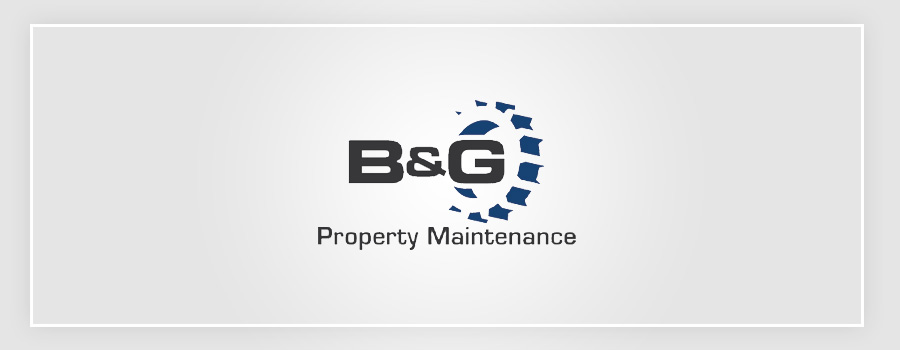How to Recycle Compact Fluorescent Lamps in Seattle, Bellevue and Kirkland
Knowing how to properly dispose of compact fluorescent lamps in Western Washington is important if you or your company replaces bulbs and ballasts on a regular basis. Compact fluorescent lamps, or CFL’s, are energy efficient light bulbs that contain very small amounts of mercury that could be harmful to the environment. Due to the potential for contamination, the lamps cannot be put directly in your trash and should not be destroyed or broken. The King County web site has a page providing tips and information about the make-up and disposal of CFL bulbs, including the mercury content and other hazardous material they contain.
Below are some options when deciding how to dispose of lamps properly.
- Drop off up to 10 bulbs per day, at no cost to you, at your local Household Hazardous Waste Facility. For a list of all locations and hours of operation please call the Household Hazards Line at 206-296-4692.
- The Take It Back Network offers convenient, cost-effective and environmentally sound recycling options. A list of Take It Back Network recyclers who accept CFLs can be found here.
- Many King County communities sponsor periodic residential recycling collection events. Restrictions may apply and quantities accepted may be limited. Call or check out their website to confirm.
- Recycle where you purchase your material. Contact your local home improvement retailers such as Home Depot or Lowes or even Bartell Drug’s stores around the region to see if they accept CFL tubes and bulbs for recycling.
Mercury in CFLs
CFL bulbs contain approximately 4 milligrams of mercury – about the amount that would fit on the tip of a ballpoint pen. This small but critical amount of mercury is what enables CFLs to operate up to 75% more efficiently than traditional incandescent bulbs and last up to 10 times longer.
Mercury is safely sealed within the bulb’s glass coating while intact and in use. Environmental contamination occurs when the bulbs break and mercury is released. Precipitation washes mercury into surrounding bodies of water where it is absorbed by naturally occurring bacteria and aquatic organisms. Mercury travels up the food chain as predatory fish consume smaller contaminated fish. Species at each successive level of the food chain consume higher concentrations of mercury because they are unable to eliminate toxins faster than they are consumed.
Humans are exposed to mercury almost entirely by eating contaminated fish and wildlife. Those most at risk are pregnant women and small children. Exposure to mercury can cause damage to the central nervous system and contribute to developmental disorders in children.
Despite concerns over mercury content and contamination issues, policy makers, manufacturers, and scientists are in agreement over the greater environmental and economic benefits of CFLs. When recycled properly, nearly every component of a fluorescent bulb can be separated and reused – even the mercury.
According to the EPA, electricity from coal-fired power plants is the main source of U.S. mercury emissions. By using CFL bulbs in place of incandescent, we can decrease the demand for coal-fired power and in doing so, significantly reduce the amount of mercury released into the environment.


